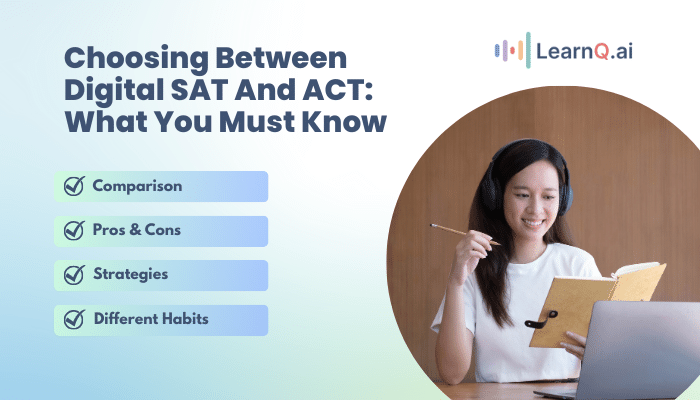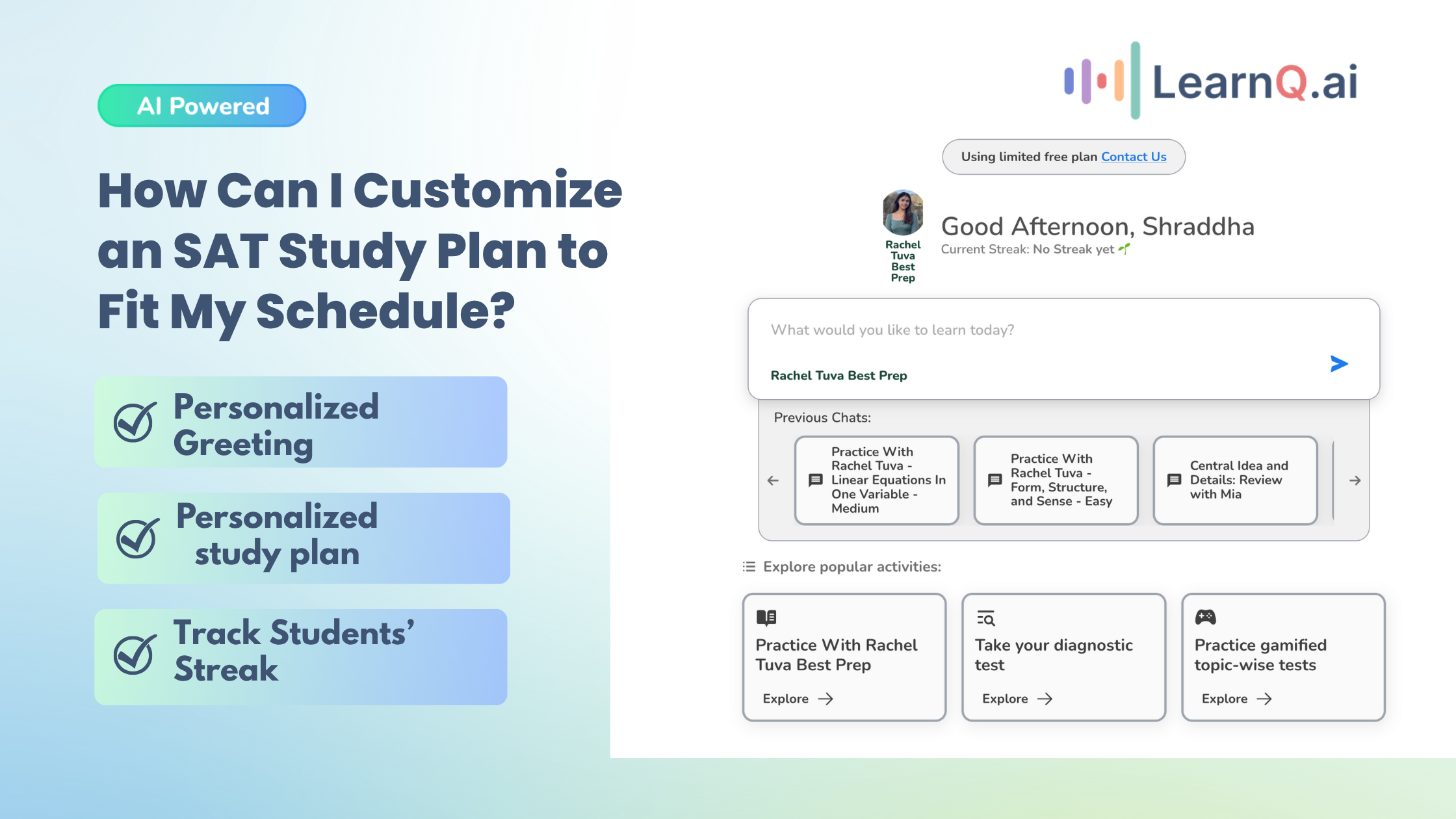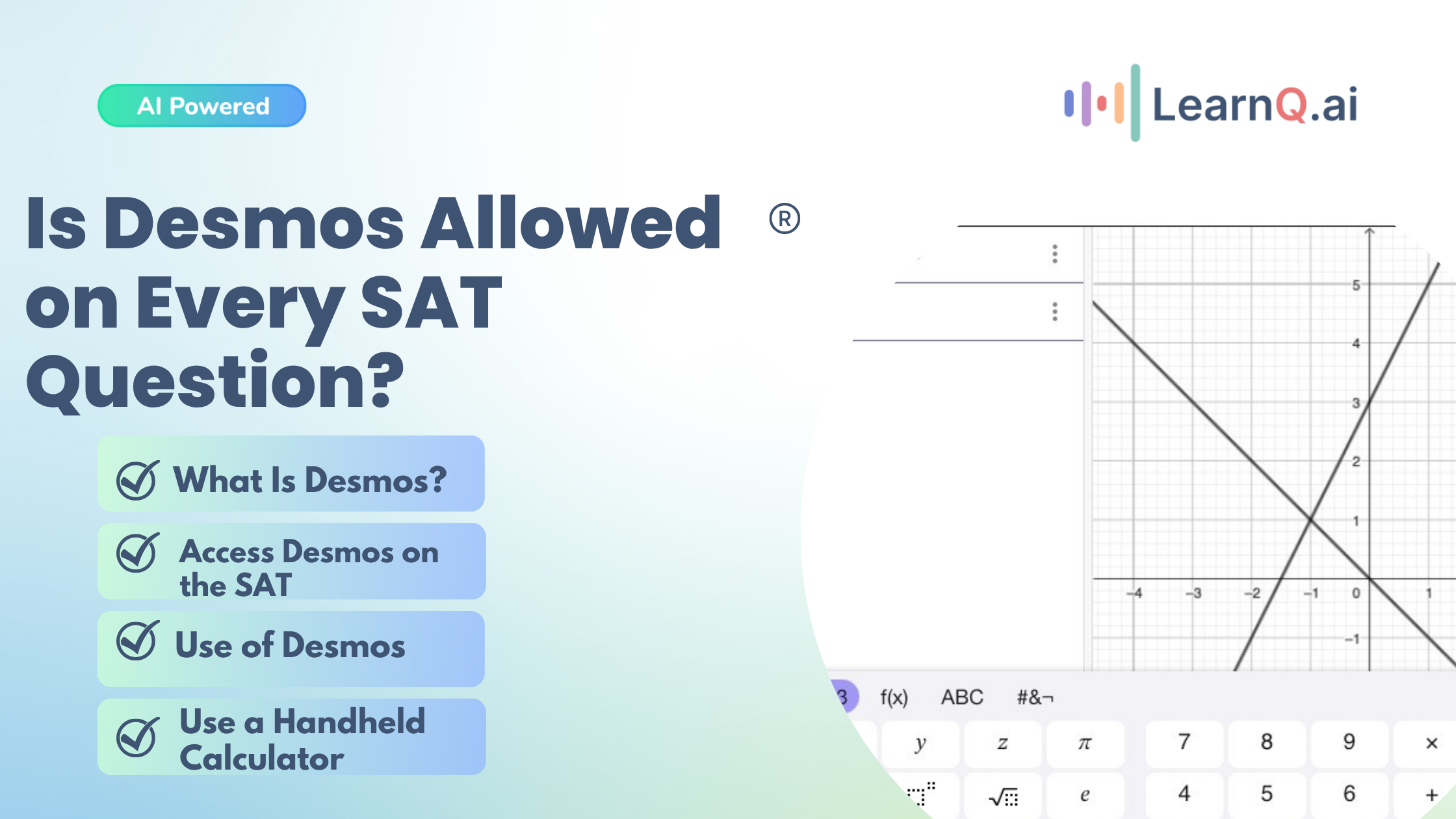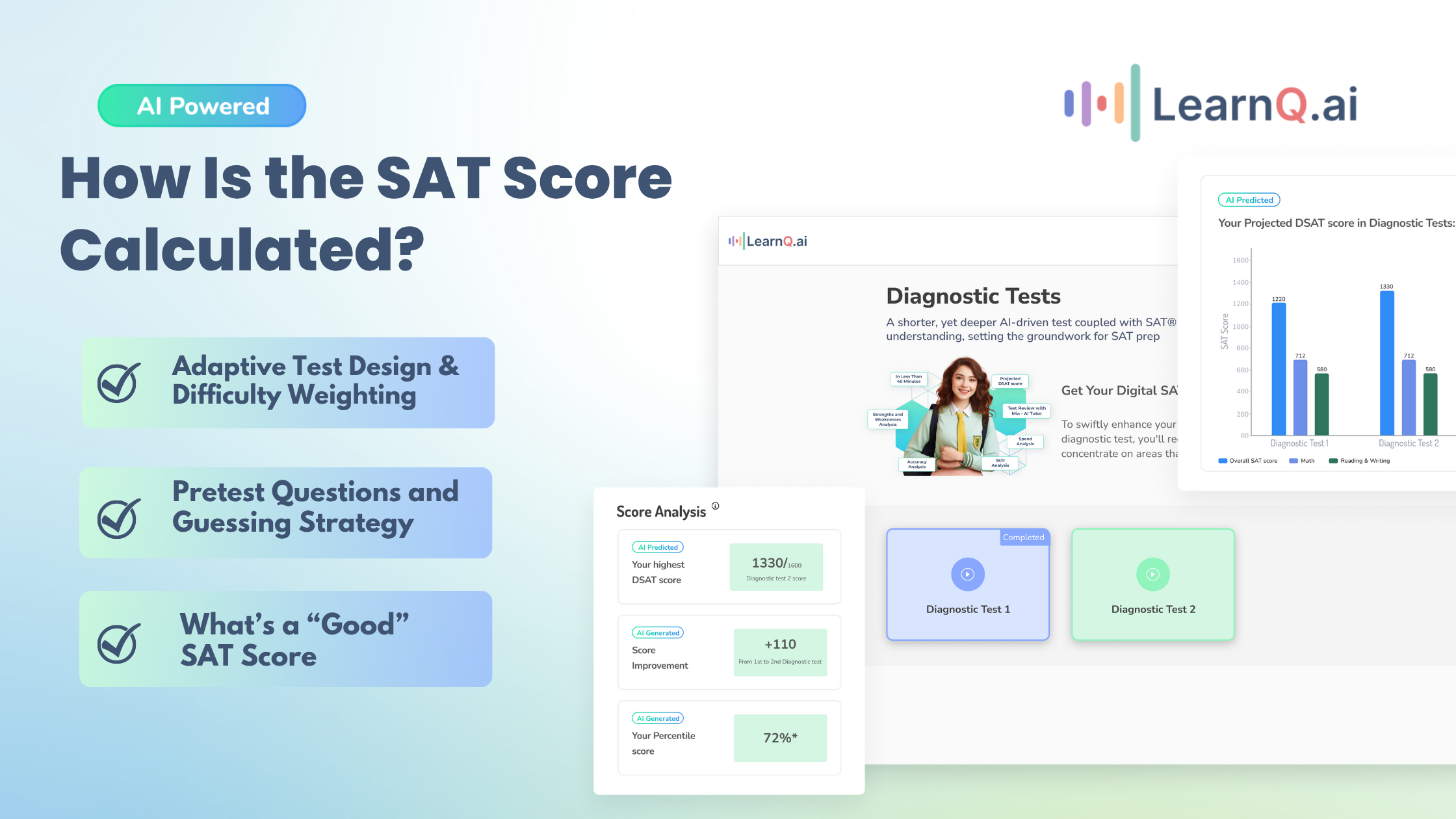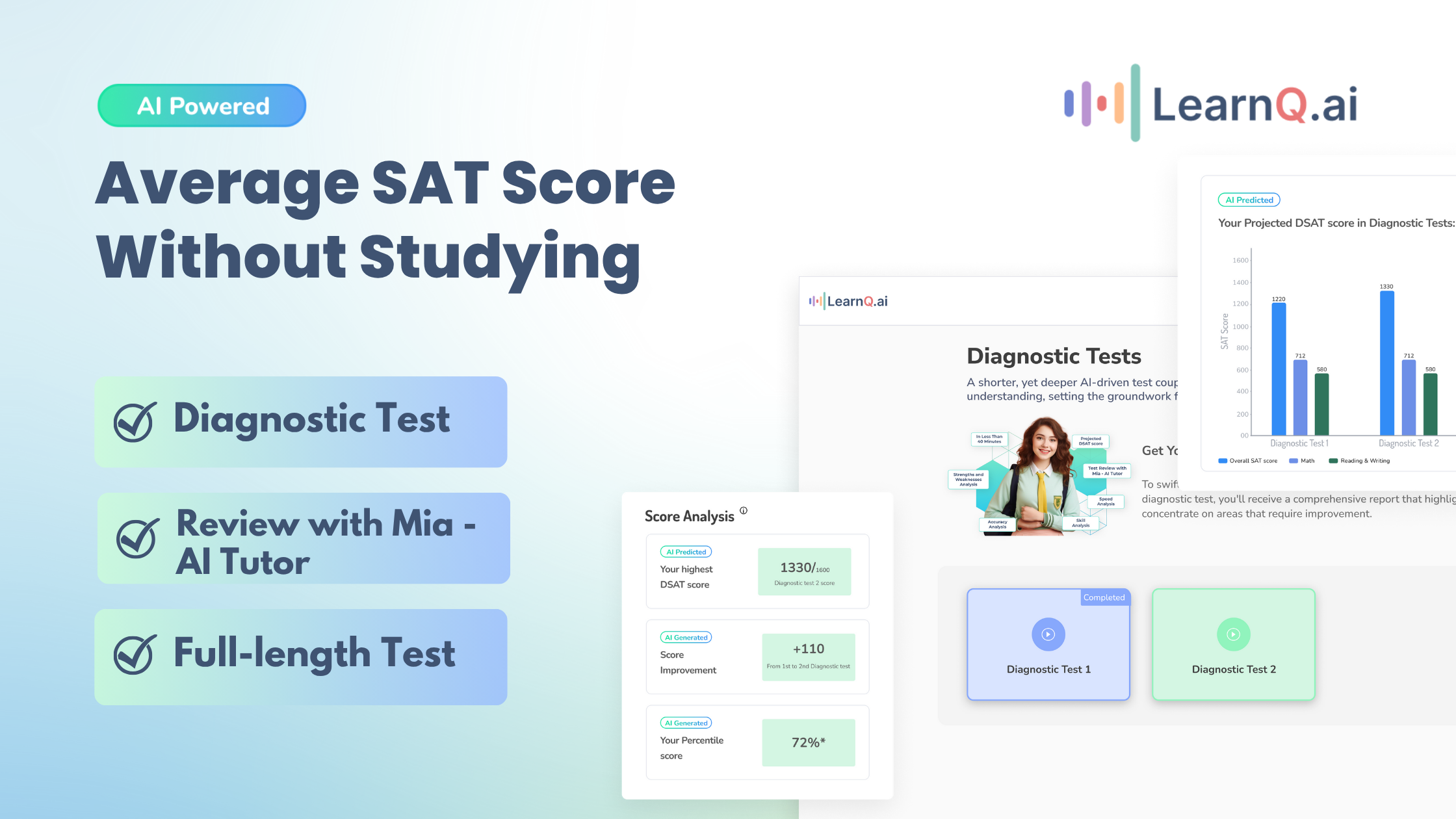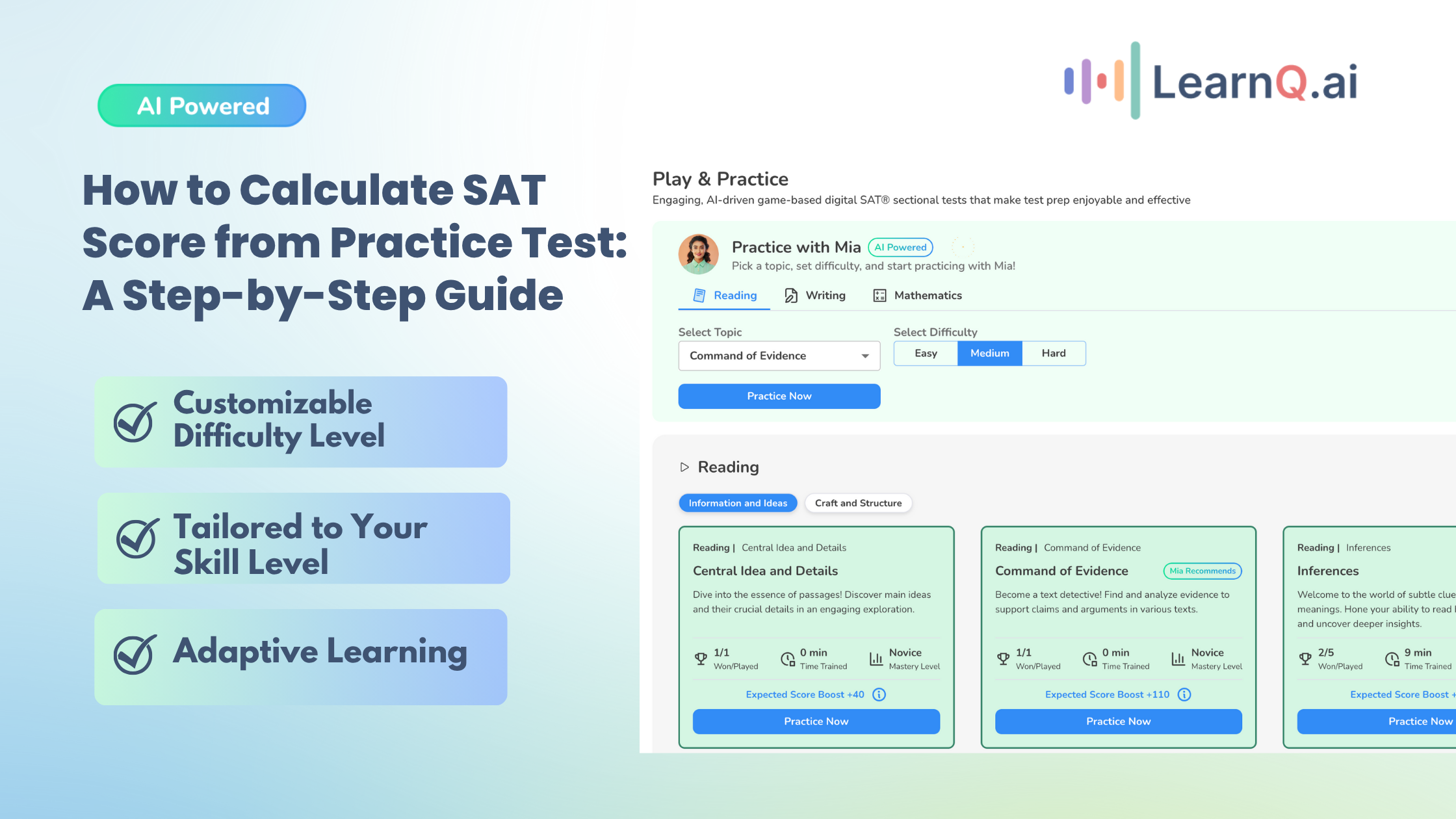Choosing between the Digital SAT and the ACT is a significant decision for college admissions. Both tests are crucial in determining your academic future, but the ongoing debate about which test better serves students’ interests remains.
As formats and content evolve, it’s essential to weigh your personal strengths, preferences, and college requirements to make an informed choice.
Overview of Deciding between Digital SAT or ACT
Deciding whether to take the Digital SAT or the ACT is a critical step in college admissions. Both tests are widely accepted by colleges and universities, and they can significantly impact your application.
Understanding the differences between the two exams, including their formats, content, and testing styles, can help you choose the one that aligns best with your skills and goals.
The Debate
The debate over which test better serves students’ interests has intensified with recent changes in both formats.
The Digital SAT now features adaptive testing and a streamlined interface, while the ACT has also introduced updates to stay relevant.
Each test has its proponents, and the decision often comes down to which format you find more accessible and less stressful. When deciding between the Digital SAT and the ACT, consider your strengths and preferences.
Are you more comfortable with the straightforward, data-driven approach of the ACT, or do you prefer the analytical and problem-solving focus of the SAT?
Additionally, research the specific requirements and preferences of the colleges you are applying to, as some may have a slight preference for one test over the other.
Making an informed choice requires careful consideration of your individual capabilities and the expectations of your desired colleges. By thoroughly evaluating your options, you can select the test that will best showcase your academic potential and help you achieve your college admissions goals.
Also Read, What is SAT Adaptive Testing All About in the New Digital SAT?
Key Differences Between Digital SAT and ACT
Deciding between the Digital SAT and the ACT is a crucial step in the college admissions process. Understanding the key differences between these two exams can help you make an informed choice that aligns with your strengths and preferences.
| Aspect | Digital SAT | ACT |
| Testing Format | Adaptive testing | Traditional paper-based format (with future online option) |
| Test Contents | Focuses on reading, writing, and math | Covers English, math, reading, science, and an optional writing section |
| Test Duration | Shorter overall testing time | Longer overall testing time |
| Question Pacing | Adaptive sections adjust question difficulty based on performance | Fixed question pacing, same for all test-takers |
| Science Section | No dedicated science section | Includes a science section |
| Scoring Scale | 400-1600 | 1-36 |
| Scoring Method | Based on correct answers with no penalty for guessing | Based on correct answers with no penalty for guessing |
| Availability | Recently launched in digital format | Currently paper-based, with an online option planned for the future |
By comparing the testing formats, contents, durations, pacing, and scoring methods, you can determine which test better suits your needs.
Additionally, consider the availability of each exam and any future changes that might affect your decision.
This comprehensive overview will help you choose the test that best aligns with your academic strengths and college aspirations.
Factors Complicating the Choice
Choosing between the Digital SAT and the ACT has become more complex due to several factors.
LearnQ.ai is Powered by VEGA AI—Is your Institute Next?
Give students a Duolingo-style test-prep platform with Shopify-level customization for tutors and institutes.
Here’s a breakdown of what makes this decision challenging:
Transition to the Digital SAT
- Introduction of New Decision Factors:
- The recent transition to the Digital SAT introduces new elements for students to consider. Adaptive testing changes how students approach each section, impacting study strategies and test-day experiences.
- The digital format’s interface, tools, and overall user experience are different from the traditional paper-based tests, requiring students to adapt to new methods of test-taking.
Increased Differences Between the Tests
- Distinct Exam Experiences:
- With the Digital SAT now featuring adaptive testing and the ACT maintaining its traditional format (with a planned future online option), the differences between the tests have increased. This divergence offers students distinctly different test-taking experiences.
- The subject matter covered also differs, with the ACT including a science section and the SAT focusing more on math, reading, and writing.
Impact of Digital Versus Paper Formats
- Student Performance and Comfort:
- The shift to digital testing can affect student performance and comfort levels. Some students may find the digital format more intuitive and less stressful, while others may prefer the familiarity of paper-based tests.
- The ability to navigate and use digital tools effectively can influence test outcomes. Students comfortable with technology might perform better on the Digital SAT, whereas those who prefer traditional methods might lean toward the ACT.
Understanding these complicating factors is crucial in making an informed decision. Each student must evaluate how the format, content differences, and personal comfort with digital versus paper testing impact their test preparation and performance.
Now, let’s try to evaluate both exams by weighing their pros and cons.
Pros and Cons of Each Option
When deciding between the Digital SAT and the ACT, it’s important to weigh the pros and cons of each test to determine which aligns best with your strengths and preferences.
| Factors | Digital SAT | ACT |
| Reasons to Prefer | Shorter durationAdaptive difficultyComfort with digital formats | Broader subject rangePredictable difficultyFamiliarity with paper format |
| Exam Structure and Content | Adaptive testing adjusts question difficulty based on performanceFocuses on reading, writing, and mathNo dedicated science section | Fixed difficulty across all sectionsIncludes unique science sectionCovers English, math, reading, science, and an optional writing section |
By considering these factors, you can decide which test plays to your strengths and preferences.
The Digital SAT offers a modern, adaptive approach with a shorter duration, ideal for those comfortable with digital formats. The ACT provides a broader subject range with a consistent difficulty level, suitable for students who prefer traditional paper-based exams.
To help you more with the selection process, we have written down some of the
How to Decide: Practical Steps
Deciding between the Digital SAT and the ACT can be challenging, but following these practical steps can help you make an informed choice.
Detailed Steps:
1. Taking Practice Exams
- Digital SAT Practice:
- Find official practice tests online or through educational platforms
- Simulate test conditions to get an accurate feel for the digital format.
- ACT Practice:
- Use official ACT practice tests available in prep books and online.
- Complete the tests under timed conditions to gauge your comfort with the paper format.
2. Using Score Conversion Charts
- Understand Score Equivalencies:
- Use resources like the official SAT-ACT score conversion chart to translate your practice scores.
- This helps you see how your performance on one test might compare to the other in college admissions.
3. Assessing Personal Preferences
- Format Comfort:
- Consider which testing format (digital or paper) you find more intuitive and less stressful.
- Reflect on whether you perform better with adaptive questions or a fixed difficulty level.
- Subject Matter Focus:
- Decide if you prefer the ACT’s inclusion of a science section or the SAT’s emphasis on math and evidence-based reading and writing.
4. Considering Available Study Materials and Preparation Strategies
- Study Resources:
- Look at the range of study materials available for each test, including prep books, online courses, and tutoring options.
- Choose the test with preparation resources that match your preferred learning methods.
- Preparation Strategies:
- Determine which test preparation strategies align with your strengths. For example, if you excel in data interpretation and analysis, the ACT might suit you better due to its science section.
Also Read, Improving Digital SAT Tutoring with AI Advancements
By taking these practical steps, you can make a well-informed decision between the Digital SAT and the ACT.
Compare your practice exam results, consider your comfort with each format, and evaluate the available study resources.
This comprehensive approach ensures you choose the test that best highlights your strengths and helps you achieve your college admissions goals.
Now, moving on to the next section. What prep strategies do you use for these sections? Let’s find out!
Preparation Strategies
Deciding whether to prepare for the Digital SAT or the ACT involves understanding the differences in preparation approaches, the impact of test formats on study habits and resources, and the importance of focusing on one test at a time.
Let’s understand the different approaches you need to take to excel in these two exams.
Differences in Preparation Approaches for Digital SAT and ACT
Digital SAT
- Adaptive Testing Preparation:
- Focus on a broad range of topics, as the test adapts to your performance level.
- Use online platforms like LearnQ.ai that offer adaptive practice questions to simulate the test experience.
- Shorter Duration:
- Practice pacing to answer questions accurately and efficiently within the shorter test time.
- Content Focus:
- Emphasize math, reading, and writing skills.
- Practice with digital tools and digital calculators to become comfortable with the test format.
ACT
- Consistent Difficulty:
- Prepare for a consistent level of difficulty across all sections.
- Use practice tests and prep books that mirror the ACT’s structure.
- Science Section:
- Incorporate science reasoning practice into your study routine.
- Focus on data interpretation, analysis, and scientific reasoning.
- Paper-Based Preparation:
- Get accustomed to filling out answer sheets and managing paper test materials.
- Use traditional study methods, such as printed practice tests and workbooks.
The Impact of Test Format on Study Habits and Resources
The format of the test you choose—Digital SAT or ACT—significantly influences your study habits and the resources you will use. Understanding these impacts can help you tailor your preparation strategy effectively.
Enhance your Digital SAT study routine with AI-driven insights and personalized practice tests.
Digital SAT Study Habits:
- Adaptive Testing: The adaptive nature of the Digital SAT requires a focus on broad topic coverage. Since the test adjusts the difficulty based on your answers, consistent practice across all difficulty levels is essential.
- Digital Practice: Regular use of online platforms and digital tools is crucial. This means integrating computer-based practice sessions into your study routine to get comfortable with the format.
- Time Management: Develop strategies to manage your time effectively during an adaptive test, where the number of questions and their difficulty can vary.
Resources:
- Online Practice Platforms: Utilize digital resources such as LearnQ.ai that offer adaptive learning and personalized practice questions.
- Digital Tools Familiarity: Get comfortable with digital calculators and other online tools that will be available during the test.
- Interactive Study Guides: Leverage interactive and adaptive study guides that provide instant feedback and track your progress.
ACT Study Habits:
- Consistent Difficulty: The ACT’s fixed difficulty level requires focused practice on specific types of questions that are consistently challenging.
- Paper-Based Practice: Incorporate traditional paper-based practice tests into your routine to mirror the test day experience.
- Sectional Study: Given the ACT’s unique sections, such as the science reasoning part, allocate specific study sessions for each subject area.
Resources:
- Printed Practice Tests: Use official ACT practice tests available in prep books to simulate the paper-based test experience.
- Science Resources: Find resources specifically designed to improve science reasoning and data interpretation skills.
- Structured Prep Books: Utilize comprehensive prep books that cover all sections of the ACT, providing strategies and practice questions.
The test format of the Digital SAT or ACT significantly impacts your study habits and the resources you use.
For the Digital SAT, focus on adaptive learning tools, online practice, and managing variable question difficulties.
For the ACT, prioritize consistent difficulty practice, paper-based materials, and targeted sectional study.
By aligning your preparation strategies with the test format, you can optimize your study efforts and improve your performance. However, it is advisable to not prep for both the test at a time. Let’s learn more about it.
Advice on Not Preparing for Both Tests Simultaneously
- Avoiding Confusion:
- Preparing for both the Digital SAT and ACT simultaneously can lead to confusion and divided focus.
- Each test has unique formats, question types, and content areas that require specific strategies.
- Focused Preparation:
- Choose one test based on your strengths and college requirements.
- Dedicate your study efforts to mastering that test’s format and content, ensuring a deeper and more focused preparation.
- Consistent Practice:
- Stick to a consistent practice schedule for the chosen test.
- Use targeted resources and practice tests to build confidence and proficiency in that test alone.
Understanding the differences in preparation approaches for the Digital SAT and ACT is crucial for effective study strategies. The test format significantly impacts your study habits and resources, making it essential to tailor your preparation to the chosen test.
Avoid preparing for both tests simultaneously to maintain focus and clarity. By dedicating your efforts to one test, you can maximize your chances of achieving a high score and reaching your college admissions goals.

Make a Decision
Deciding between the Digital SAT and the ACT is a critical step in your college admissions journey. Balancing personal preferences with performance, considering college requirements, and following up with focused preparation is key to making an informed choice.
Balancing Personal Preference with Performance
When choosing between the Digital SAT and the ACT, it’s important to weigh your personal preferences against your performance on practice tests:
- Evaluate Comfort and Confidence:
- Reflect on which test format (digital vs. paper) you find more comfortable and which test sections (math, reading, science) play to your strengths.
- Consider your performance on practice exams for both the Digital SAT and the ACT. Identify where you scored higher and felt more confident.
- Analyze Test Experiences:
- Compare your experiences with the adaptive nature of the Digital SAT and the consistent difficulty of the ACT. Decide which approach aligns better with your test-taking style.
- Think about whether you prefer the SAT’s focus on math and evidence-based reading and writing or the ACT’s inclusion of a science section.
Steps to Take After Deciding on an Exam
Once you’ve made your decision, it’s important to take strategic steps to focus your preparation efforts and register for test dates:
Focusing Preparation Efforts
- Create a Study Plan:
- Develop a study schedule tailored to the test you’ve chosen. Allocate time for each section and stick to a consistent practice routine.
- Use targeted resources like practice tests, prep books, and online tools. For the Digital SAT, platforms like LearnQ.ai offer adaptive learning and personalized practice.
- Identify Weak Areas:
- Focus on improving areas where you scored lower on practice tests. Use detailed feedback from practice exams to guide your study sessions.
- Engage in both timed and untimed practice to build accuracy and speed.
Registering for Test Dates
- Choose Test Dates Wisely:
- Select test dates that give you ample time to prepare. Avoid scheduling tests too close to each other or during periods of high academic workload.
- Consider taking the test early enough to allow for retakes if needed.
- Complete Registration:
- Register for your chosen test through the official websites (College Board for the SAT and ACT.org for the ACT).
- Ensure you understand the registration deadlines, fees, and any additional requirements.
Also Read, Detailed Comparision: SAT vs Digital SAT vs PSAT
LearnQ.ai is powered by VEGA AI—Is your institute next?
Offer students a Duolingo-style test-prep platform with Shopify-level customization for tutors and institutes.






Start Your Prep Journey with LearnQ.ai
Balancing personal preferences with performance, understanding college requirements, and aligning with your academic goals are crucial steps in choosing between the Digital SAT and the ACT.
After making your decision, focus your preparation efforts strategically and ensure timely registration for your chosen test dates. With a clear plan and dedicated study, you’ll be well-prepared to achieve your best possible score and succeed in your college admissions journey.
Choosing between the Digital SAT and the ACT is a pivotal decision in your college admissions journey. By balancing your personal preferences with your performance, considering college entrance exam requirements, and aligning with your academic goals, you can make an informed choice that best showcases your strengths. Once you’ve decided, focus your preparation efforts and ensure timely registration for your test dates to maximize your chances of success.
To make this process smoother and more effective, consider using LearnQ.ai.
LearnQ.ai offers personalized practice tailored to your specific needs, providing adaptive learning tools that help you focus on your weak areas while reinforcing your strengths. With detailed feedback and a supportive community, LearnQ.ai ensures that you are thoroughly prepared for either the Digital SAT or the ACT.
Embrace this powerful resource to boost your confidence and achieve your best possible score on test day. Start your journey with LearnQ.ai today and take a significant step toward your academic goals.

